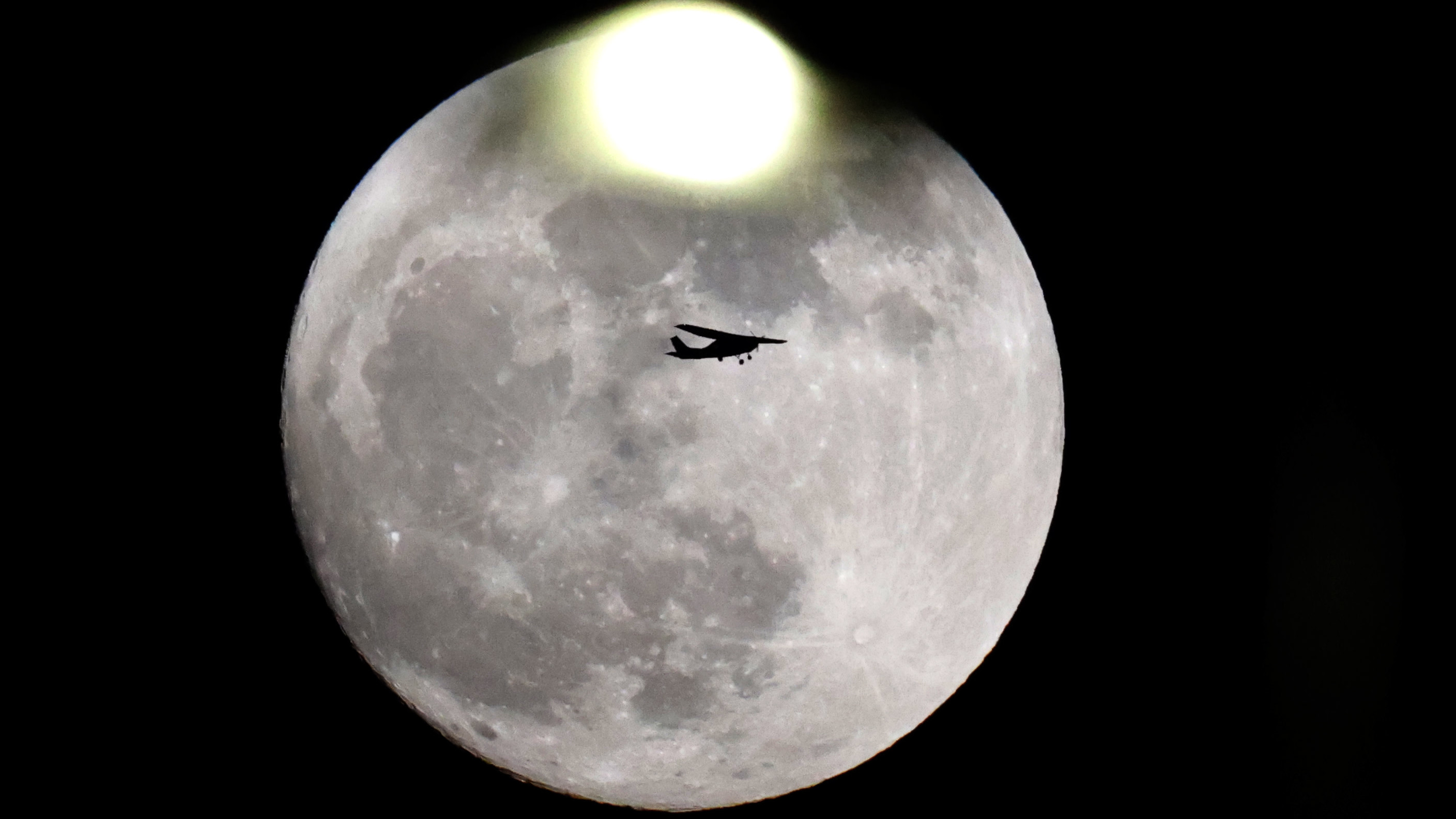The First Race On The Moon Will Be Between Two Teen-Built Remote Control Cars
It was only a matter of time before Elon Musk decided it was time to get into racing on the moon, and 2021 appears to be that time. No, these aren't manned cars: they're going to be remote control machines designed by students. Because, hell, why not?
That's the goal of Moon Mark, the company that's been organizing this whole thing. Moon Mark is a multimedia and education content company that's committed to doing cool shit—like sending remote control cars to the moon—in order to get teens interested in STEM fields. And what better way to do that than to ask high school students to design remote control cars that they'll race in space from the comfort of Earth.
In order to make things happen, there are a ton of big names serving as mentors for the students involved, with the best-known being Frank Stephenson, who has been responsible for designing cars for MINI, Ferrari, Maserati, and McLaren. Tons of students submitted designs for the remote-control moon race, but Stephenson will be providing his expertise to the two finalists that will ultimately be heading to space.
The internal design of the cars have already been sorted out, so this is more of an aerodynamic bodywork challenge: how to use that base to really go.
Once the cars are done, that's where Musk comes in. The finished machines will be launched into the moon via a SpaceX Falcon 9, which is currently scheduled for launch in October 2021. Intuitive Machines' Nova-C lunar lander will then carry the cars to the surface.
That launch, though? It's going to be pricey. From New Atlas, which ran the numbers:
Each car will weigh 2.5 kg (5.5 lb), and the "deployment mechanism" used to deposit them on the lunar surface will weigh a further 3 kg (6.6 lb.) This 8 kg (17.6 lb) combined weight is a big deal, because it's going to the Moon. That's somewhat of a special delivery, and not a cheap one. Lunar logistics company Astrobotic, for example, is currently quoting prices of US$1.2 million per kilogram (around US$544,000 per pound) to plonk things down in one of its Peregrine lander modules.
Can I just say, high-school Elizabeth would not have been equipped to handle the responsibility of a multi-million dollar space race project. The teens who get this opportunity will be made of tougher stuff than pretty much any of us.
The Nova-C lander will have the tools necessary to communicate with Earth, so that's what the high school students will be communicating with. There will even be a livestream of the event, so us mere earthbound mortals will be able to watch history from the comfort of our couch.
It's one hell of a cool project. I honestly can't wait to see what comes of it.
